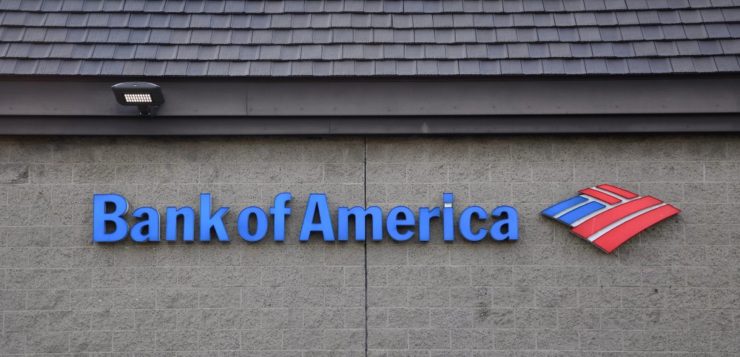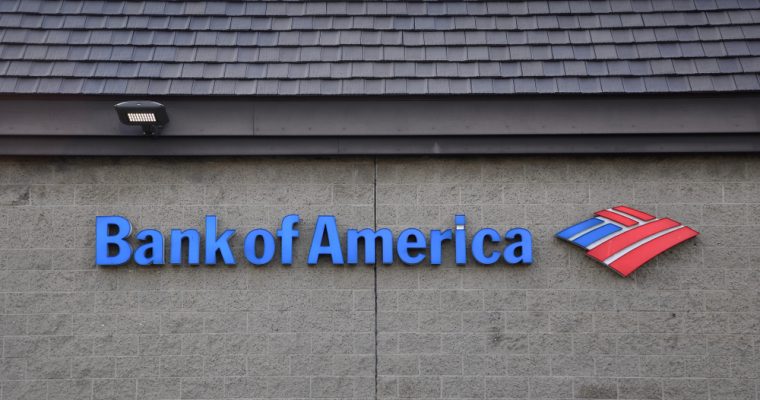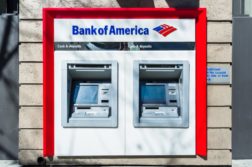Despite their harsh exterior, banks have been quietly preparing for a world that involves cryptocurrencies.
Bank of America has most recently secured a patent for a cryptocurrency aggregation system, one in which big companies store customers’ crypto deposits in an enterprise account involving vaults and offline storage rather than taking on the risk themselves. For example, “deposit accounts at an enterprise, such as a financial institution, are used by customers of the financial institution to deposit funds for safekeeping,” according to the patent.
While many of the dozens of patents filed by banks thus far have focused on blockchain technology, this system, which received the green light on Nov. 13 by the U.S. Patent and Trademark Office, is clearly a competitive move in crypto.
Bank of America’s system is comprised of a memory to store customer and enterprise accounts as well as a processor to handle cryptocurrency deposits across coins like “Bitcoin, Litecoin, [XRP], Peercoin, or Dogecoin” and identify public keys, matching keys with the relevant customer and determining the value of deposits. The processor also harnesses the public key of the business and aggregates the crypto in an enterprise account.

The patent application, which was filed in 2014, acknowledges that crypto transactions are on the rise, saying “financial transactions involving cryptocurrency have become more common.” Meanwhile, the number of merchants accepting cryptocurrencies is growing every day, with companies like Square having recently secured a patent for taking crypto payments.
An enterprise crypto storage system from the likes of Bank of America could spur further adoption and encourage businesses and consumers alike to transact in crypto. But it could also turn off many in the crypto community amid an often contentious relationship that exists between the two worlds, especially if the bank begins tacking on fees and additional costs that the peer-to-peer system is designed to avoid.
Nonetheless, Bank of America describes a system that is efficient, one that is designed to bypass fees that are associated with converting cryptocurrencies. For instance, in one of multiple “embodiments” of the technology described in the patent, Bank of America suggests its system “negates the need for customers of the enterprise to use a third-party currency exchange to execute a desired currency exchange.”
Crypto Bank
They describe taking similar steps with crypto as banks do with fiat by “securely storing the customer’s cryptocurrency funds,” which would give the enterprise the ability to use the crypto stored in these accounts to “to conduct transactions on the behalf of those customers that may want to utilize such cryptocurrency and debit or credit the particular customer accounts as appropriate.”
Meanwhile, Michael Wuehler, one of the inventors whose name appears on many of the company’s blockchain patents though is missing from this one, recently suggested that the patents are “meaningless” and are designed to skew the public perception of the bank on innovation.
Featured image from Shutterstock.
Follow us on Telegram or subscribe to our newsletter here.
Who is Buying Bitcoin? Take the survey here and help us with our study.








